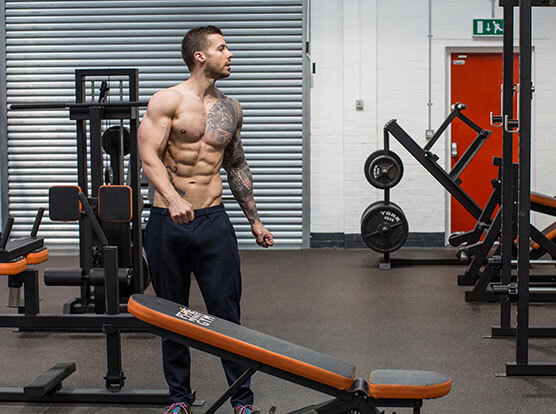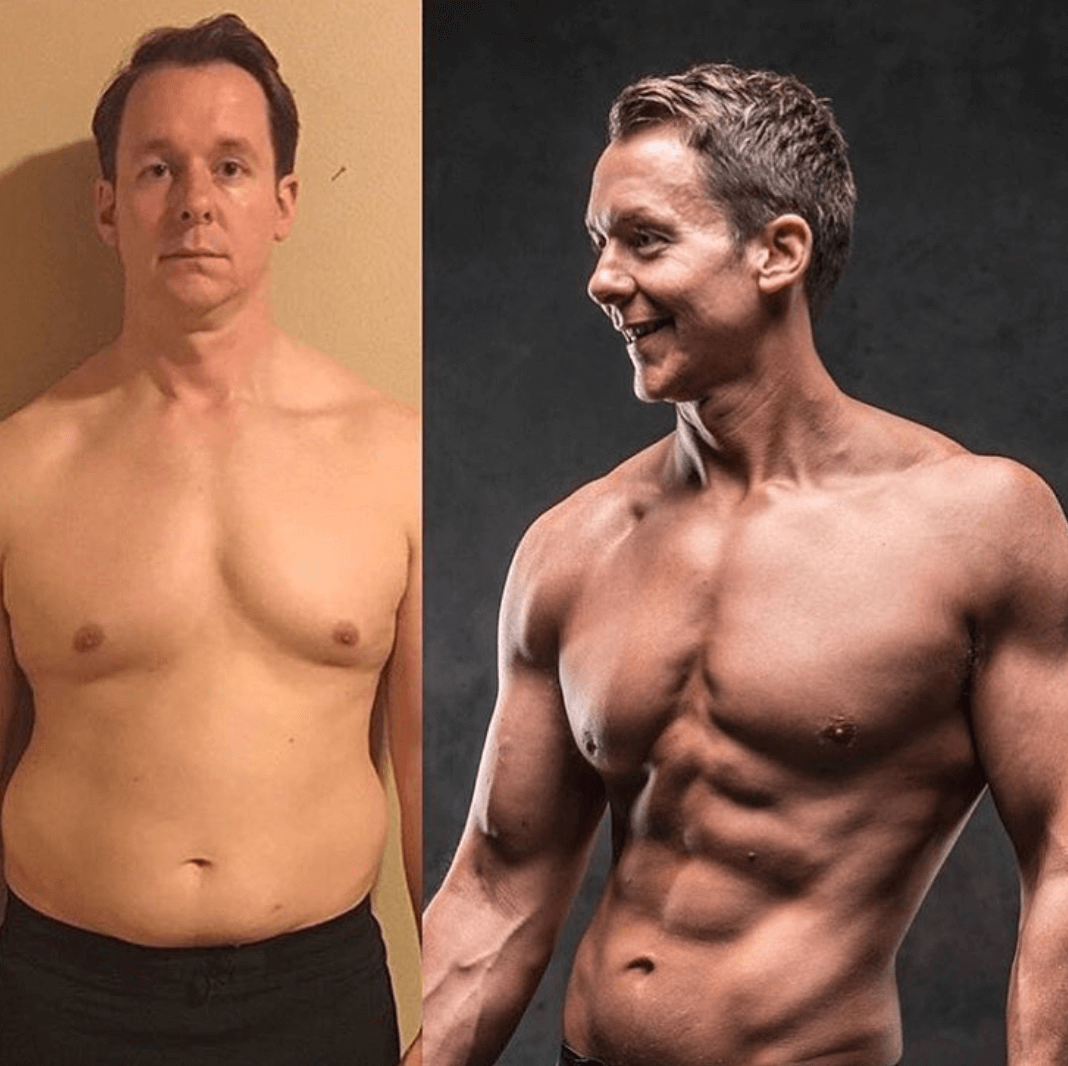Progression, or Progressive Overload, is often overlooked, but is absolutely necessary if you want to continue to get stronger and fitter over time.
What is Progressive Overload?
To introduce this topic, let me tell you a story about a famous Greek, Milo of Croton.
Milo was a Greek wrestler who won the Olympics 6 times in a career spanning many decades. Â HeÂ’s known for a number of great feats of strength, but one for which he is most commonly remembered is his ability to carry a fully grown bull on his shoulders.
He is said to have achieved this by lifting the bull when it was a young calf, and continuing to lift it every day until it was fully grown. Â This way he became stronger and stronger as the bull became heavier and heavier.
While this story may or may not be entirely true (he is also said to have eaten the entire bull in one sitting afterwards), it tells a story which is the essence of progressive overload: if you want to become stronger and stronger, you have to continue to push yourself harder and harder, increase your workout load, or your progress will stagnate.
How can you use Progressive Overload?
To make sure you continue to progress, first of all you need to regularly measure and keep track of your performance.
If you donÂ’t measure your performance, you wonÂ’t know if your progress is slowing. Â ThereÂ’s two ways you can measure your performance, either by measuring the maximum weight you can lift, or the number of reps you can do of a certain weight. Â Use whichever you prefer, but if you use the second method youÂ’ll have to periodically increase the weight youÂ’re testing yourself with as you get stronger.
As you get stronger, you should increase the load of your workouts to give your body a reason to continue to get stronger. Â ThereÂ’s a few ways you can increase your total load:
-
Increase the weight youÂ’re lifting
-
Increase the number of sets
-
Increase the number of reps
HereÂ’s some examples to get you started:
Find a weight you can lift 12 times, then aim for 4 sets of 10 reps at this weight. Â Your first session might look something like this:
-
Set 1: 10 reps
-
Set 2: 10 reps
-
Set 3: 8 reps
-
Set 4: 7 reps
When you achieve your 4 sets of 10 reps for two consecutive sessions, increase the weight and repeat the cycle.
Alternatively, find your 1 rep maximum and attempt to lift 5 sets of 5 reps at 80% of this weight. Â For example, if you bench press 80kg, you should aim for 5 sets of 5 reps of 64kg. On your first session, you might only achieve 3 or 4 reps on the last sets.
As you get stronger, this should become easier. Â Once youÂ’ve achieved 5 sets of 5 reps for 2 workouts in a row, you could try increasing the number of sets, to 6 sets of 5 reps, or increasing the number of reps, to 5 sets of 6 reps.
Once this becomes easy, find your new 1 rep maximum and go back to 5 sets or 5 reps at 80% of this new weight.
You donÂ’t just have to increase the weight you lift or the number of times you lift it to up the intensity. Â You can slow down your movements to increase the time your muscles are under tension. This makes the exercises harder. Â If you are lifting the same weight as before but at a slower tempo, you will be increasing the load on your muscles.
Try these techniques to increase the load as you get stronger and you will see much better results than if you let your exercise regime stagnate.
Be aware though, you shouldnÂ’t expect to get stronger and stronger at the same rate forever. Â When youÂ’re starting out, gains tend to be fast, and these gains slow down over time. This is normal and you shouldnÂ’t worry about it.
However, if your progress completely plateaus, you should try mixing up your workout a bit more or get a personal fitness trainer to advise you on how you might be able to continue to improve your regime.
Alternatively, you could purchase a calf and get lifting. Â However, I think you might be better off with weights. Full grown bulls can be troublesome.










